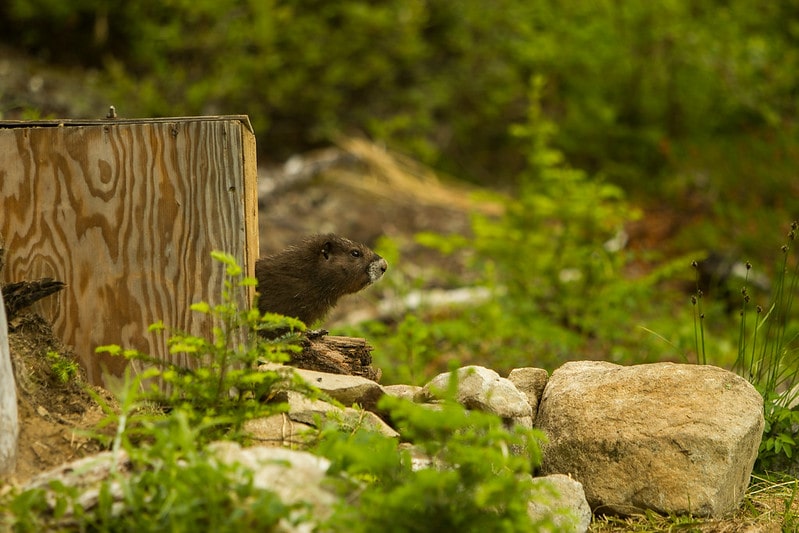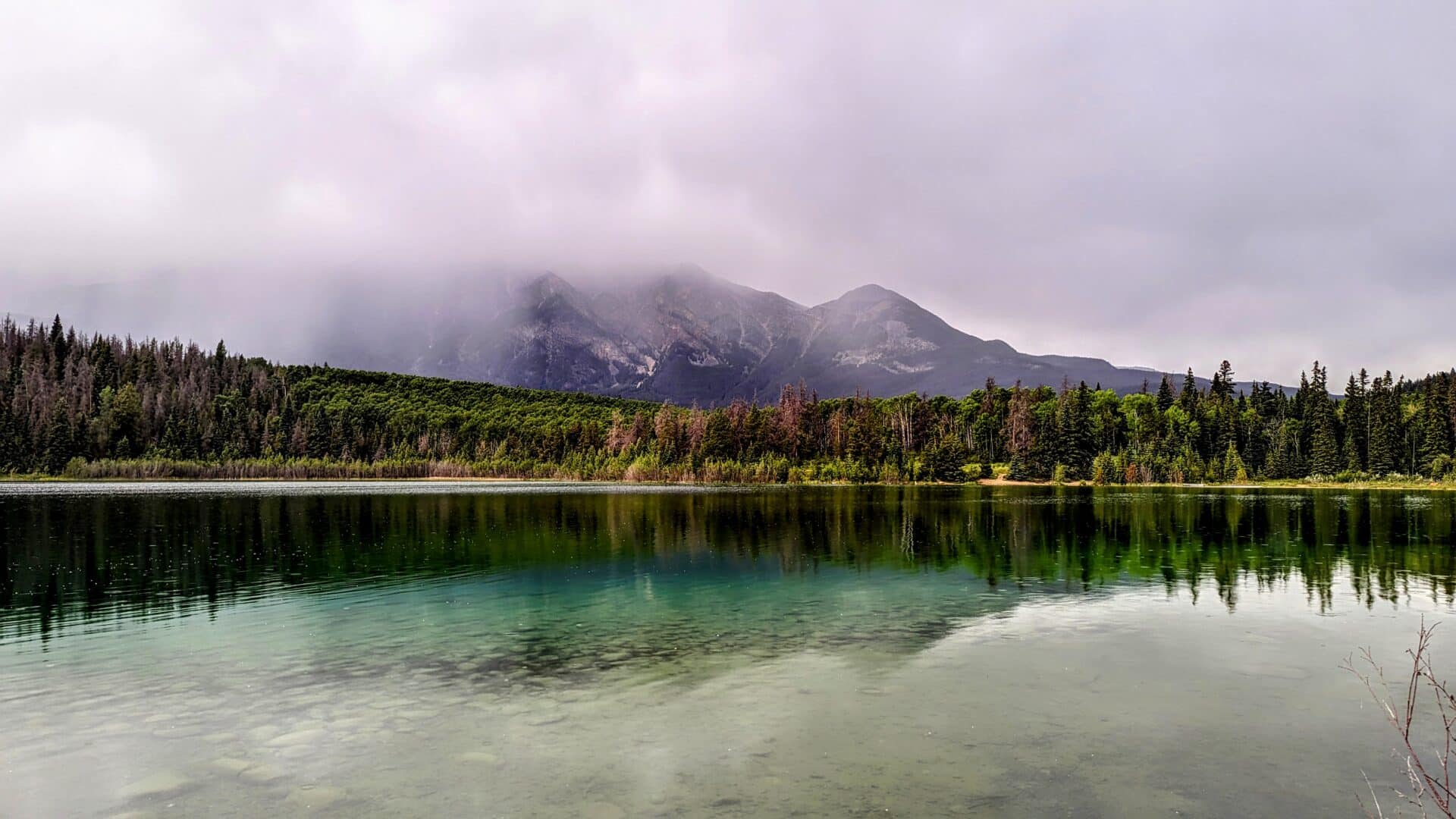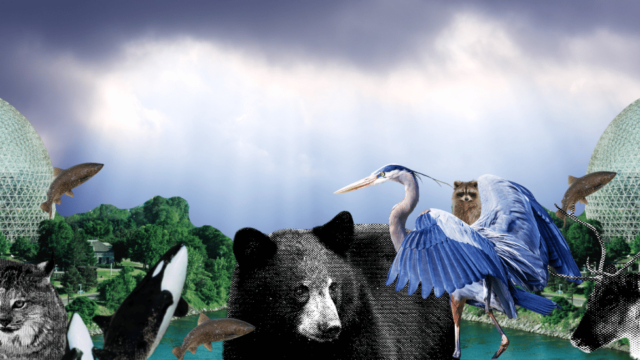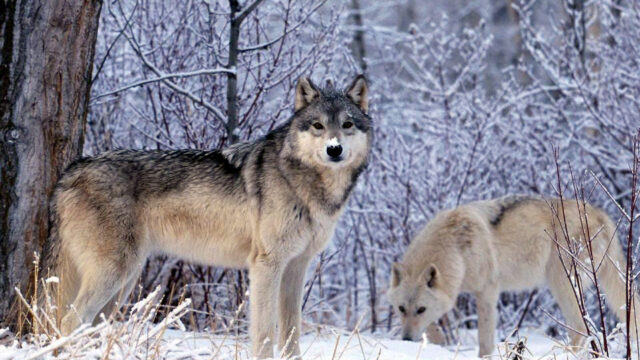Is there any animal more quintessentially Canadian than the beaver? Turns out, the answer is yes, many times over. A 2020 report revealed that there are more than 300 plant and animal species endemic to Canada — species found nowhere else but here. [1] While that number includes animals like the wood bison and the Vancouver Island marmot, a whopping 80 per cent of them are plants and insects.
Many of Canada’s endemic species might be new to you, such as the Lake Louise arnica, an imperiled yellow wildflower found only in the Rockies of B.C. and Alberta. There is much we don’t know about uniquely Canadian species, and scientists fear we may never get to chance to learn. Most of Canada’s endemic species have small ranges and populations, making them vulnerable to extinction. Only 10 per cent are considered “globally secure.”
Biodiversity is out of balance around the world
The problem isn’t exclusive to Canada. Around the world, species are declining faster than at any time in human history. WWF’s 2020 Living Planet Report showed a nearly 70 per cent drop in mammal, bird, fish, reptile, and amphibian populations since 1970. [2]
Each endangered species is a canary in the coal mine, warning us of a far deeper-rooted issue. The disappearance of a single species is often the first sign an entire ecosystem is crumbling. In society, there are many jobs that help keep everything running smoothly. The same is true in nature. All species — from large predators which keep populations in check, to the tiniest micro-organisms which break down waste — are interconnected and help keep the ecosystem balanced. As each species goes extinct, that balance is thrown further and further off-kilter.
Global biodiversity is under threat. The main culprits? Human beings —ironically, the species that depends on nature the most. We’ve transformed nearly three-quarters of the Earth’s ice-free land to meet demands for food, raw materials, and homes. [3] Climate change, pollution, habitat destruction and overexploitation of natural resources are pushing the planet to its brink.
Why is biodiversity important?
Biodiversity loss has many consequences, not only for the environment, but also for human beings. Just like any other species, humans depend on a balanced ecosystem. We depend on nature for our food, air, water, energy and raw materials. The natural world’s well-being underpins our cultures, economy, and very existence.
Humans have a responsibility to the natural world because we, too, are part of it. Despite building civilizations that have distanced us from nature, we are nonetheless connected to the environments we (too often) take for granted. Restoring balance in nature requires a shift in our relationship with it.

Indigenous communities are the most effective stewards of biodiversity
Through their diverse cultures and knowledge, many Indigenous Nations have maintained healthy ecosystems and economies in harmony with nature since time immemorial. [4] First Nations languages, cultural practices, conservation practices and oral traditions are deeply intertwined with the natural world.
Last December, countries from around the world gathered in Montreal for COP15, the United Nations Biodiversity Conference. This was the largest biodiversity conference in a decade with 196 countries striking a deal to halt and reverse nature loss. Among other critical targets, the Post-2020 Global Biodiversity Framework (GBF) includes a commitment to protect 30 per cent of lands and oceans by 2030. As Canada builds its National Biodiversity Strategy and Action Plan to implement the targets, it’s critical this process involves First Nations, Inuit, and Metis, and incorporates traditional ecological knowledge to find the best solutions to protect nature.
Canada’s opportunity to move the dial on biodiversity
Biodiversity is in crisis across Canada and around the world. But for everything we’ve already lost, we have so much more to gain.
Canada is one of the few countries with the opportunity for the biggest impact. A whopping 70 per cent of the world’s wilderness can be found in just five countries. [5] Of those five, Canada holds the second-largest area of wilderness after Russia. This means we have a crucial role to play in protecting global biodiversity. The actions we take with our environmental policies can have a ripple effect on the entire world.
The GBF offers a watershed opportunity to restore nature and our relationship with the natural world around us. This opportunity can only be achieved if it’s implemented in a publicly transparent and accountable way. Indigenous leadership is a big part of the reason we still have so much intact nature left. It is critical this work centers Indigenous rights and advances decolonization.
Ecojustice is calling on the federal government to commit to a nature and biodiversity law that would enshrine Canada’s targets and action plan, and put Canada on a course to meeting them.
We are a part of nature, not apart from it. It’s time we step up to restore balance and abundance so that nature can thrive — and so can we.
References
[1] Ours to Save: The distribution, status & conservation needs of Canada’s endemic species — Nature Conservancy Canada
[2] Living Planet Report 2022 — World Wildlife Fund
[3] World day to combat desertification and drought — United Nations
[4] Indigenous Peoples have been the most effective stewards of animals and nature since time immemorial — National Observer
[5] Five countries hold 70% of world’s last wildernesses, map reveals — The Guardian





